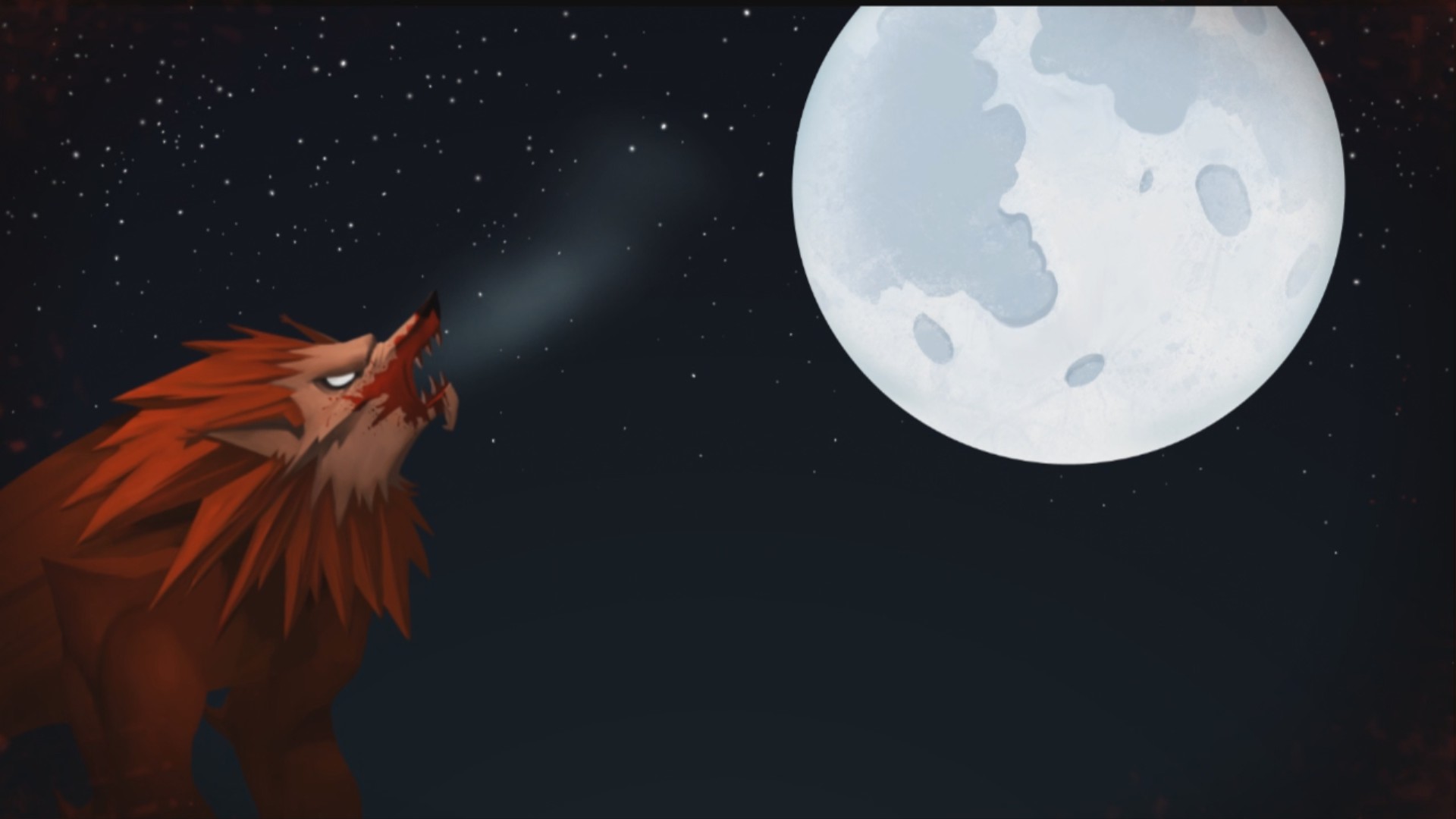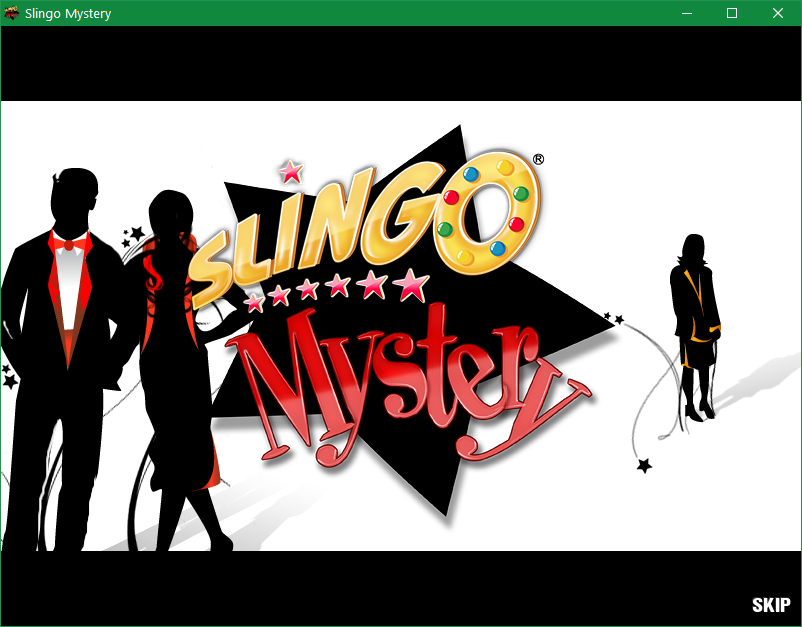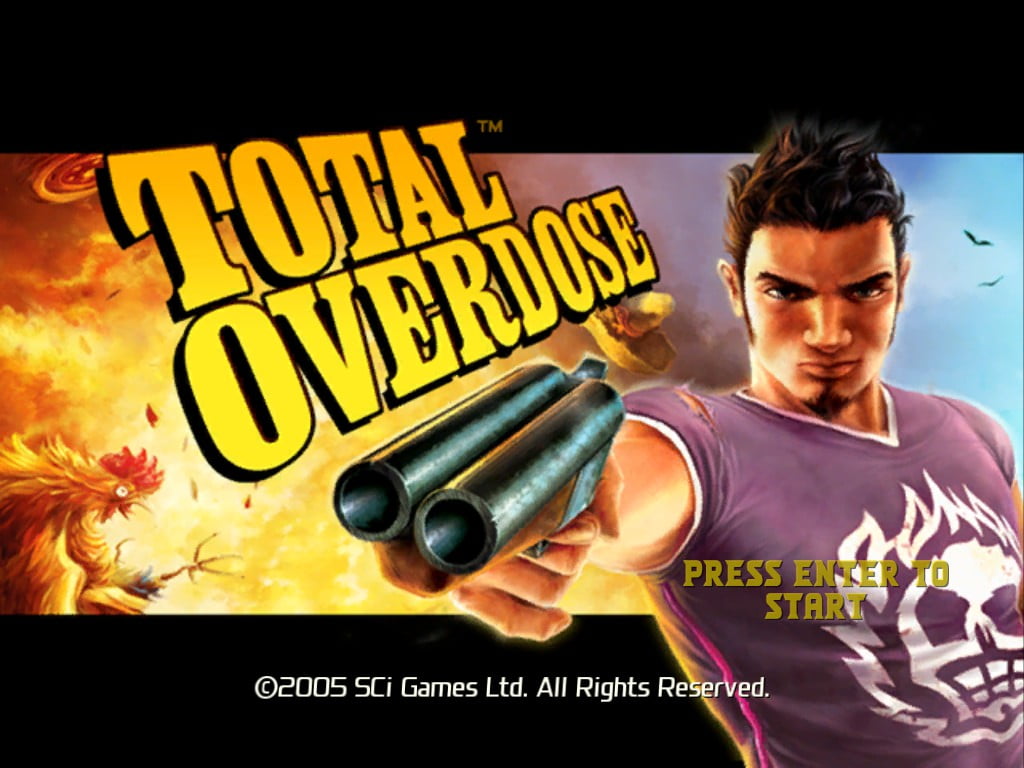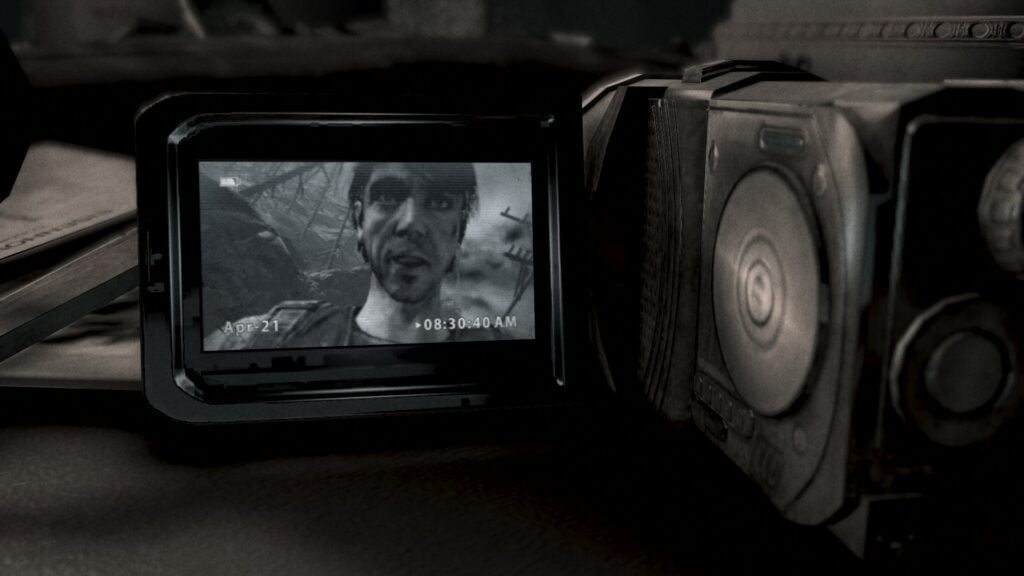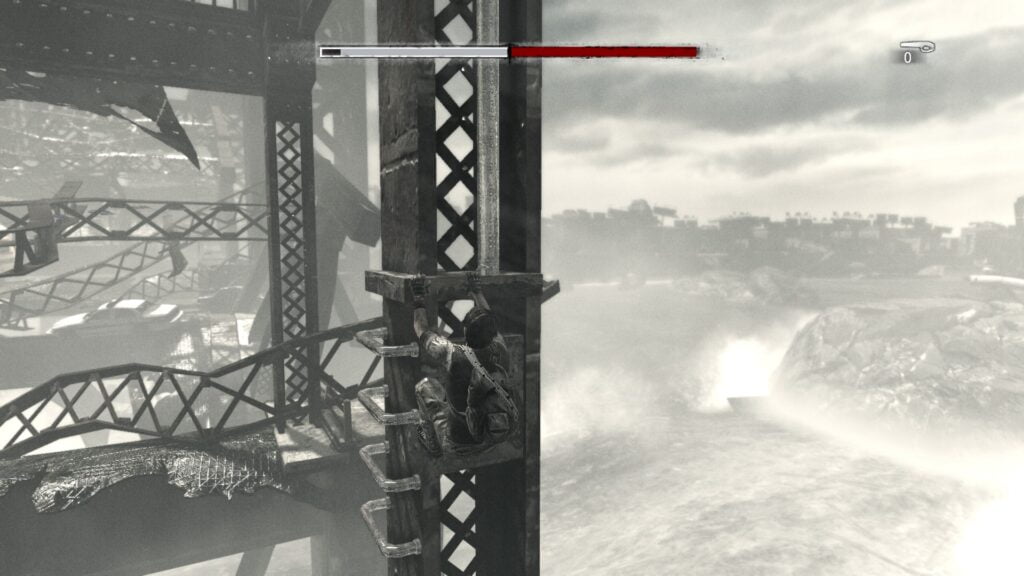Sometimes I think a lot about what defines “the worst video games of all time.” There’s a lot of games in that category that I question if they deserve that distinction. After all, sometimes people get swept up into the zeitgeist of it all and hate a product without really thinking if it deserves it. While I’m thinking about this topic, there’s one game that comes up in that category.
So I’m on a Discord server where a random bad game is picked every month and people play it. This time around, the game chosen was John Romero’s Daikatana, a first-person shooter developed by Ion Storm and released in 2000 for PC and oddly, Nintendo 64.

I’m not gonna go too deeply about the game’s history here. There’s lots of places that have documented the history of this infamous game and Ion Storm as a studio overall, and I kinda wanna make this something shorter than my usual fare. If anything, I just want to get past talking about that one ad where they proclaim that “John Romero is about to make you his bitch.” (You can thank Mike Wilson of later Devolver Digital fame for that one.)

I’m no stranger to Daikatana. I remember watching the Something Awful Lets Play by Proteus4994 and Suspicious, which was my first experience of seeing the game beyond cultural osmosis. Stuff like “Thanks, John” is permanently burned into my lexicon thanks to this LP. (I don’t think if it’s worth watching nowadays, there’s probably a lot of offensive language that makes it age like expired cottage cheese.)
I actually got to play it myself in 2016, and I don’t remember the experience all that well. The only thing that stuck in my memory was somehow getting Superfly Johnson stuck under a stairwell. Besides that, it was just shooting enemies in various time periods.

For this replay, I decided to send my NPC allies to the shadow realm, and Hiro Miyamoto would fight everything singlehandedly. From advice from a supporter of Daikatana – elbryan42 on Youtube – I turned on auto-aim, which made hitting a lot of the smaller enemies a lot less painful. I also decided to kick it up to Shogun difficulty, just for the extra challenge.
This was available three days early for Patreon subscribers. Wanna be one of those? No Daikatana needed, just head to my Patreon and chip in at least a buck and you’re already there!

The first episode that takes place in the 2200s is an absolutely terrible first start for a game. Lots of small enemies that are hard to hit and hard to see. Lots of green, showing off all that pretty colored lighting that Quake II popularized.

And of course, fruit you can interact with to heal yourself. The later levels of Episode 1 throws so many enemies and very little health that there were a lot of moments where I’d finish a combat section, then make the long backtrack to the nearest health “Hosportal” to refill. It didn’t help the game gives weapons that will do damage to you if you’re not careful: Stuff like the C4 Vitzatergo and the Shockwave Cannon will do lots of damage to foes, but it’s easy to kill yourself with them than the enemies. Even stuff like the Shotcycler seem like an interesting idea in concept but realizing you’re gonna be wasting ammo by killing an enemy with a single shotgun blast.
(more…)










